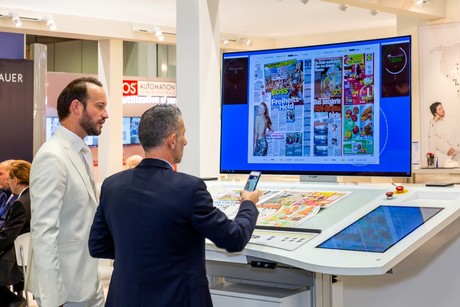Here is an excerpt of his article that looks at where newsprint may fit in the hybrid print/digital business models of news companies going forward:
"Newspapers, especially in the U.S., have settled on all-access as their reader business model. Package it all together — print, web, smartphone, tablet, e-edition — and charge a new price, usually 10-25 percent higher than last year’s print price. Force consumers to opt out, and no more (usually less) than 15 percent of them will. All-access gives newspapers new data, and that data shows a surprising picture: Even though they are paying for all-access, many long-time print subscribers don’t use their paper’s digital products much or at all. In fact, only a minority (20-40 percent) show significant digital news usage.
That’s an intriguing phenomenon. Newspaper subscribers are affluent and strongly represented among baby boomers. Thirty-one percent of Americans aged 50-64 own tablets, according to recent Pew research. Among Gen Xers (30-49), 44 percent own them. It’s just that many of them still prefer the print paper, even though they use tablets, smartphones, and the web to read lots of other stuff."
He concludes that their preference for print makes subscribers the primary contributors to newspaper revenue, "as ads plummet in high single digits each year without end. The resulting question: Will publishers be somewhat more careful in further cutting newsprint usage? ..."
"Publishers are now deciding where to cut in 2014. In the meantime, we do see a number of print strategies emerging. Largely, they track the newspaper industry’s progression from mass to niche, as Google and Facebook have become that new mass, first in time spent and increasingly in digital advertising."
Doctor lists a number of areas where publishers could gain ground with print: Sunday editions, niche publications, cost advantage in advertising, community sections, content marketing and e-editions.
"Key to any incremental print growth will be dawn of integrated marketing. Digital is often the headliner, but print – often as niche, sometimes as mass – retails a power as part of a larger marketing package. To that end, there’s a lot of work going on in digital printing and other newer technologies to bring efficiencies to the old processes."
Referring to WAN-IFRA Expo 2013, he says that the event provided lots of seminars and how-tos.
Here is the link to Ken Doctor's full article.




